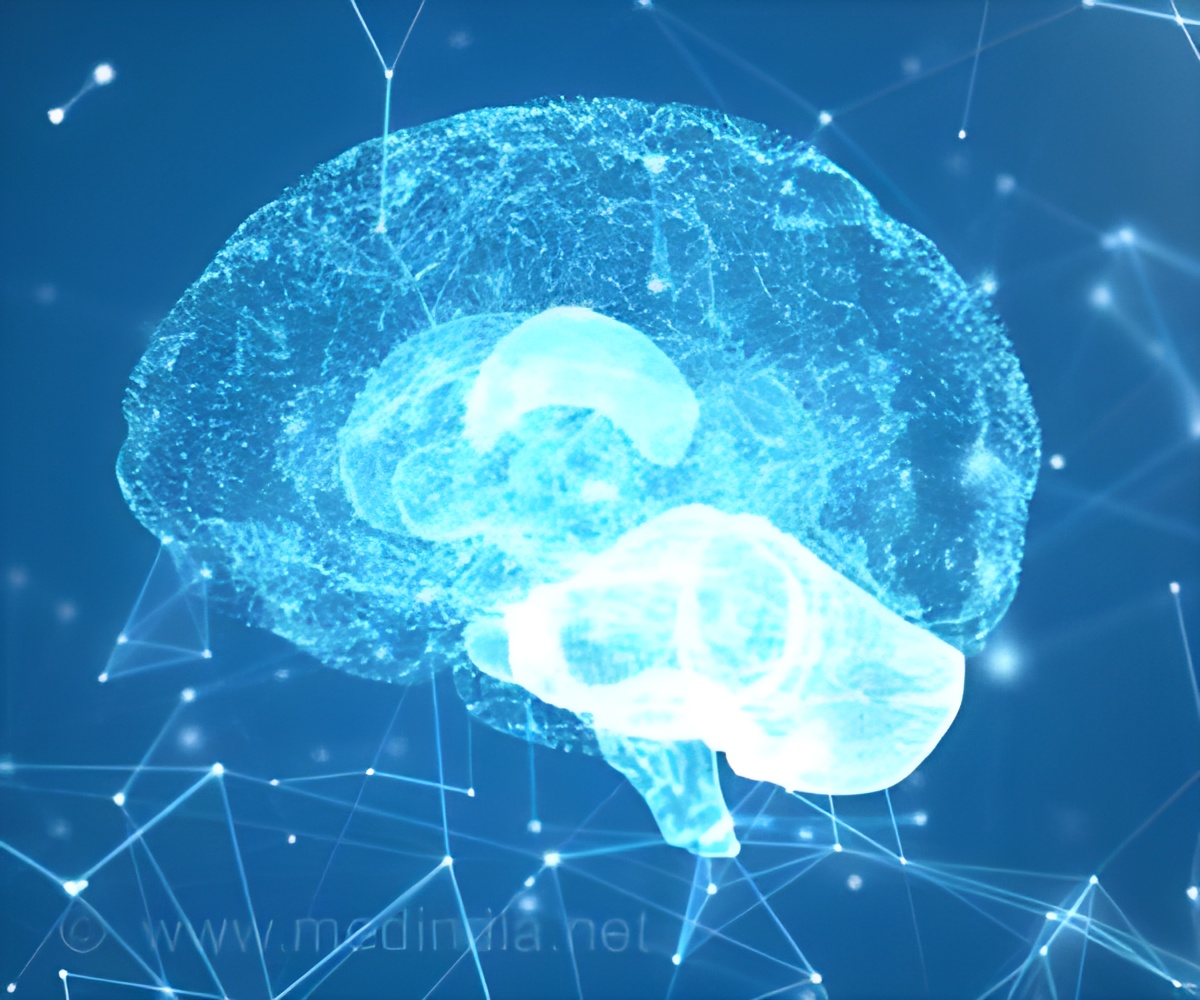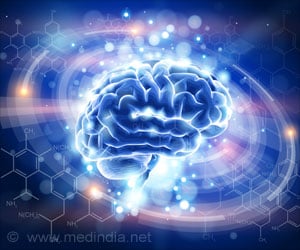
Toward Human-Level Artificial Intelligence
Go to source). The "neural code" is what will enable this significant performance improvement.
‘Did you know? AI can’t think visually because it relies on large language models (LLMs). #AI #neuralcode #consiousness #medindia’





Azoff claims that making computers that can act like they are aware and think like humans, even though they don’t have feelings or self-awareness is a crucial first step towards creating "human-level artificial intelligence," in his new book, Towards Human-Level Artificial Intelligence: How Neuroscience can Inform the Pursuit of Artificial General Intelligence.Computers Have the Potential to Mimic Consciousness
There are multiple types of consciousness, and scientists acknowledge that even simpler animals such as bees possess a degree of consciousness. This is mostly consciousness without self-awareness, the nearest we humans experience that is when we are focused on a task, being “in the flow”.Computer simulation can create a virtual brain that as a first step could emulate consciousness without self-awareness, believes Azoff.
Consciousness without self-awareness helps animals plan actions, predict possible events, and recall relevant incidents from the past, and it could do the same for AI.
Visual thinking could also be the key to unlocking the mystery of what is consciousness. Current AI does not ‘think’ visually; it uses ‘large language models’ (LLMs). As visual thinking predates language in humans, Azoff suggests that understanding visual thinking and then modeling visual processing will be a crucial building block for human-level AI.
Advertisement
Creating Advanced AI and Ensuring Safe Use
Azoff says, “Once we crack the neural code, we will engineer faster and superior brains with greater capacity, speed, and supporting technology that will surpass the human brain."“We will do that first by modeling visual processing, which will enable us to emulate visual thinking. I speculate that in-the-flow consciousness will emerge from that. I do not believe that a system needs to be alive to have consciousness.”
Advertisement
“First, we must make sure humans have sole control of the off switch. Second, we must build AI systems with behavior safety rules implanted.”
Reference:
- Toward Human-Level Artificial Intelligence - (https:www.taylorfrancis.com/books/mono/10.1201/9781003507864/toward-human-level-artificial-intelligence-eitan-michael-azoff)
Source-Eurekalert















